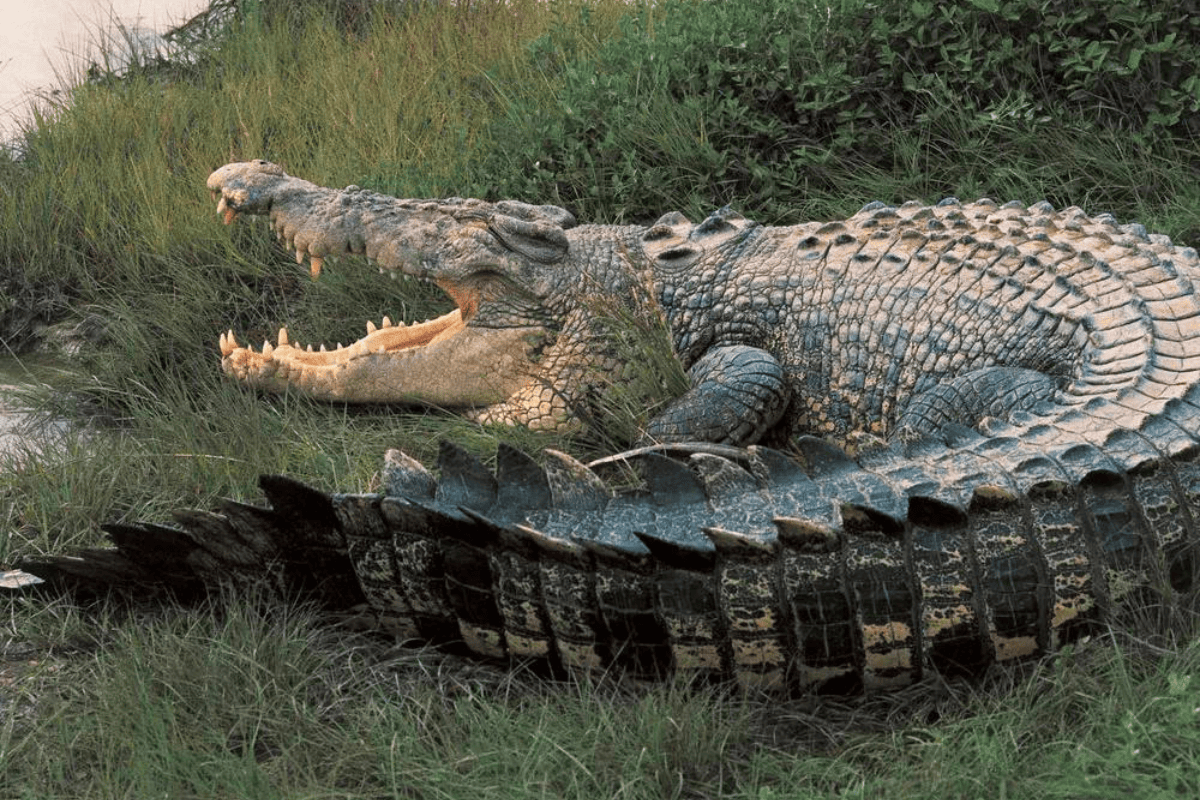In the aftershock of the asteroid impact that marked the dramatic end of the dinosaurs’ dominion 66 million years ago, a select group of resilient inhabitants emerged from the shadows of extinction. These survivors, ranging from ancient reptiles and amphibians to microscopic life forms, have not only weathered the eons but have evolved and adapted to the ever-changing landscapes of our planet. How did these tenacious beings manage to defy the odds and persist through the chaos unleashed by the asteroid?
Join us as we unravel the captivating stories of these survivors—forged in the crucible of ancient cataclysms—and explore the ways in which they have shaped the rich tapestry of life that graces our modern world. Embark on a journey through time with us, delving into the enduring tales of those who stood resilient amidst the wreckage, offering a glimpse into the mysteries of survival and evolution that have defined Earth’s history.
Crocodiles

Crocodiles, bearing witness to over 200 million years of Earth’s history, stand as living relics of a bygone era. Their survival through the asteroid impact that precipitated the demise of the dinosaurs speaks to their unparalleled ability to weather environmental upheavals. The semi-aquatic lifestyle of crocodiles likely played a pivotal role in their survival during this critical period. Seeking refuge in water bodies, these resilient reptiles found a haven where they could endure the aftermath of the catastrophic event. Their remarkable adaptability, coupled with an ability to regulate body temperature by basking in the sun, allowed them to navigate the challenges of a transformed landscape.
In modern times, crocodiles have continued their evolutionary journey, showcasing an impressive array of adaptations that solidify their status as apex predators. Species like the Nile crocodile, saltwater crocodile, and American alligator exemplify the diversity within this ancient lineage. Their armored bodies serve as a testament to the success of a design perfected over millions of years, while their powerful jaws and efficient locomotion make them formidable predators in their respective ecosystems. Though some crocodile species face threats from habitat loss and human activities, their survival attests to the resilience ingrained in their ancient lineage.
